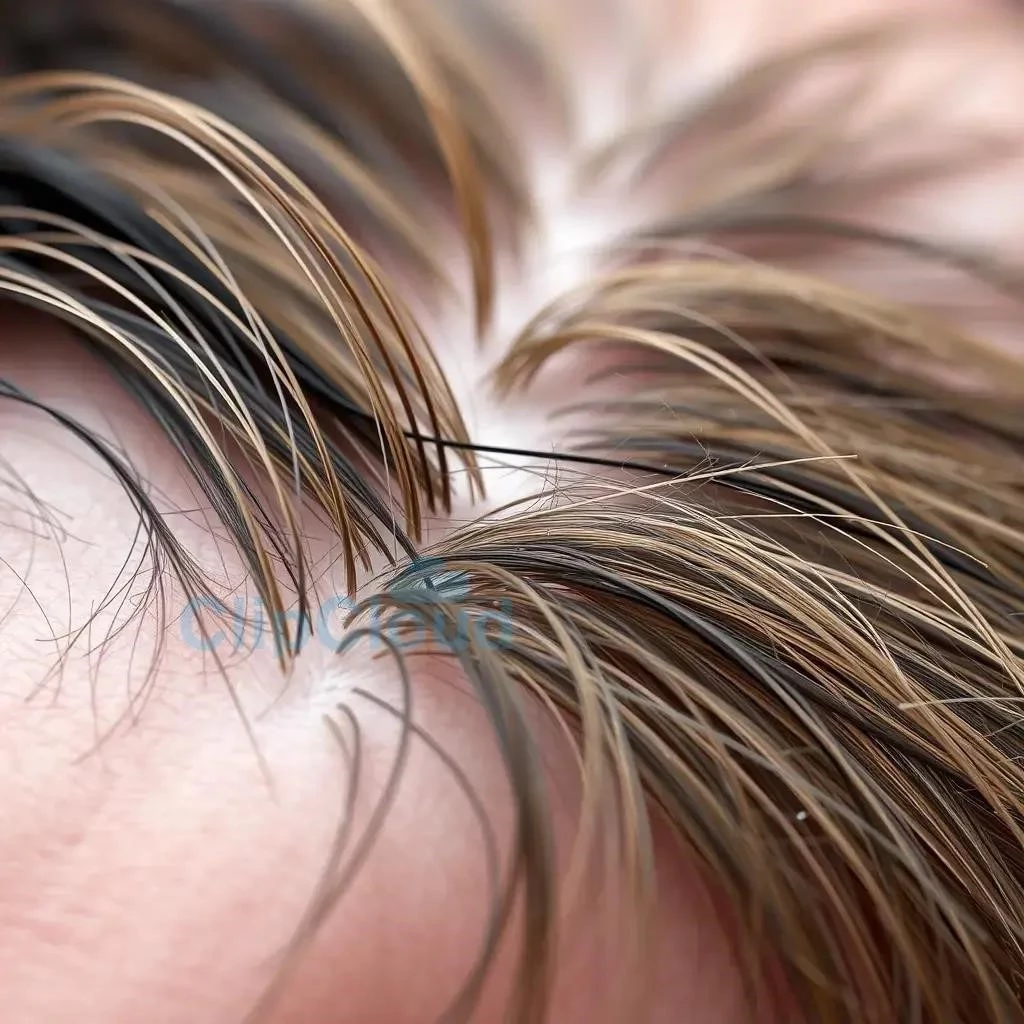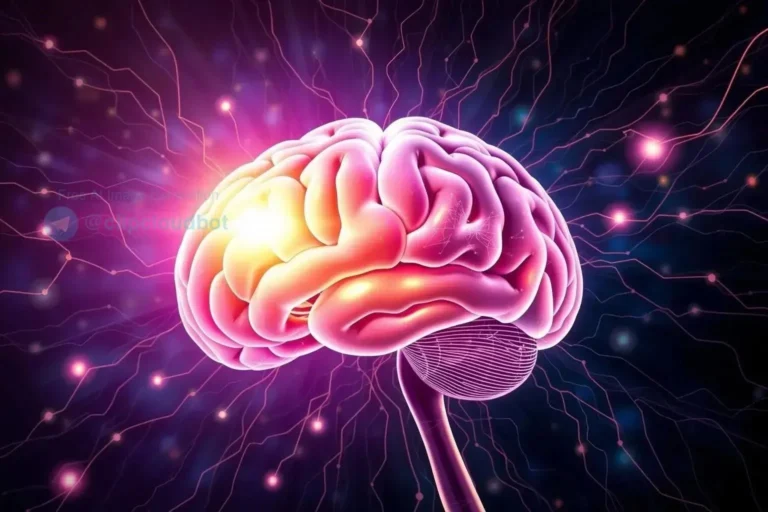Hair Loss: A Comprehensive Overview
Experiencing hair loss can be distressing‚ affecting both men and women. This comprehensive overview explores the various facets of hair loss‚ from common causes and types to effective treatment options and restoration techniques. Understanding the underlying factors and available solutions can empower individuals to address hair loss concerns and regain confidence.
Understanding the Causes of Hair Loss
Hair loss‚ a common concern affecting millions worldwide‚ can stem from a multitude of factors‚ ranging from genetics and hormonal imbalances to medical conditions and lifestyle choices. Unraveling the underlying causes is crucial for determining appropriate treatment strategies and managing expectations.
Genetics: Hereditary hair loss‚ also known as androgenetic alopecia‚ is the most prevalent cause. In men‚ it manifests as male pattern baldness‚ characterized by a receding hairline and thinning crown. Women with this genetic predisposition may experience diffuse thinning across the scalp. Genetic factors influence hair follicle sensitivity to dihydrotestosterone (DHT)‚ a hormone that shrinks hair follicles‚ leading to shorter‚ thinner hair strands.
Hormonal Imbalances: Fluctuations in hormone levels‚ particularly during pregnancy‚ childbirth‚ and menopause‚ can trigger temporary hair shedding known as telogen effluvium. Thyroid disorders‚ such as hypothyroidism and hyperthyroidism‚ can also disrupt the hair growth cycle‚ contributing to hair loss.
Medical Conditions: Certain medical conditions‚ including alopecia areata (an autoimmune disorder that attacks hair follicles)‚ scalp infections like ringworm‚ and trichotillomania (a hair-pulling disorder)‚ can cause significant hair loss. Addressing the underlying medical condition is essential for managing hair loss in these cases.
Medications and Treatments: Some medications‚ such as those used for cancer chemotherapy‚ blood thinners‚ and certain antidepressants‚ can have hair loss as a side effect. Radiation therapy can also lead to temporary or permanent hair loss in the treated area.
Lifestyle Factors: Stress‚ nutritional deficiencies (particularly iron‚ zinc‚ and vitamin D)‚ and restrictive diets can contribute to hair thinning. Tight hairstyles that pull on the hair‚ such as braids and ponytails‚ can also cause traction alopecia.
Age: As we age‚ hair naturally thins and grows more slowly. The hair follicles become smaller‚ producing finer hair strands. This age-related hair thinning is a normal part of the aging process;
Identifying the specific cause of hair loss requires a thorough evaluation‚ including a medical history review and sometimes blood tests or scalp biopsies. Consulting a dermatologist or trichologist can provide an accurate diagnosis and guide appropriate treatment options.
Exploring Different Types of Hair Loss
Hair loss isn’t a monolithic condition; it encompasses various types‚ each with distinct characteristics and underlying mechanisms. Understanding these distinctions is crucial for accurate diagnosis and effective management.
Androgenetic Alopecia: This is the most common type‚ often referred to as male or female pattern baldness. It’s driven by genetic predisposition and hormonal influences‚ primarily the hormone dihydrotestosterone (DHT). In men‚ it typically presents as a receding hairline and thinning crown‚ while women experience diffuse thinning across the scalp.
Telogen Effluvium: This form of hair loss is characterized by excessive shedding due to a disruption in the hair growth cycle. Triggers include stress‚ childbirth‚ surgery‚ rapid weight loss‚ and certain medications. Hair typically sheds in large amounts‚ but it’s often temporary and reversible once the underlying cause is addressed.
Anagen Effluvium: This type occurs when the anagen‚ or growth‚ phase of the hair cycle is disrupted. It’s commonly associated with chemotherapy and radiation therapy‚ which damage rapidly dividing hair follicle cells. Hair loss is often rapid and widespread but usually regrows after treatment concludes.
Alopecia Areata: This is an autoimmune disorder where the body’s immune system mistakenly attacks hair follicles‚ leading to patchy hair loss. It can affect the scalp‚ eyebrows‚ eyelashes‚ and other body areas. The extent of hair loss varies‚ and regrowth is possible‚ but recurrence is common.
Traction Alopecia: This type results from prolonged tension or pulling on the hair‚ often due to tight hairstyles like braids‚ cornrows‚ or ponytails. It primarily affects the hairline and can lead to permanent hair loss if the traction continues.
Cicatricial Alopecia (Scarring Alopecia): This group of conditions involves inflammation that destroys hair follicles‚ replacing them with scar tissue. The hair loss is permanent‚ and identifying the underlying cause is crucial for preventing further damage. Examples include lichen planopilaris‚ frontal fibrosing alopecia‚ and central centrifugal cicatricial alopecia.
Involutional Alopecia: This is a natural age-related thinning of hair. As we age‚ hair follicles shrink‚ producing finer‚ shorter hair strands. The growth cycle also slows down‚ leading to a gradual decrease in hair density.
Recognizing the specific type of hair loss is essential for determining the appropriate course of action. A dermatologist or trichologist can provide a proper diagnosis and recommend tailored treatments or management strategies based on the individual’s hair loss type and its underlying causes.
Effective Hair Regrowth Treatments and Remedies
Numerous treatments and remedies are available to address hair loss‚ ranging from medications and topical solutions to advanced procedures. The optimal approach depends on the underlying cause‚ the type of hair loss‚ and individual preferences.
Medications: Minoxidil (Rogaine) is an over-the-counter topical solution that can help stimulate hair growth and slow down further loss. Finasteride (Propecia) is an oral medication available by prescription for men‚ which blocks DHT production‚ a hormone implicated in male pattern baldness.
Platelet-Rich Plasma (PRP) Therapy: PRP therapy involves injecting concentrated platelets from the patient’s blood into the scalp. Platelets contain growth factors that can stimulate hair follicle activity and promote hair growth. Multiple sessions are typically required.
Low-Level Laser Therapy (LLLT): LLLT uses low-powered lasers or light-emitting diodes (LEDs) to stimulate hair follicles and encourage growth. Devices are available for at-home use or professional treatments.
Hair Transplantation: Surgical hair restoration involves transplanting hair follicles from a donor area (typically the back of the head) to the recipient area experiencing hair loss. This procedure can provide permanent results‚ but it’s invasive and requires recovery time.
Topical Solutions: Various topical solutions containing ingredients like ketoconazole‚ caffeine‚ and saw palmetto are available. These may help improve scalp health‚ reduce inflammation‚ and potentially stimulate hair growth‚ though scientific evidence supporting their effectiveness varies.
Nutritional Supplements: Certain nutritional deficiencies‚ such as iron‚ zinc‚ and biotin‚ can contribute to hair loss. Supplementation can be beneficial if deficiencies are identified through blood tests. However‚ it’s crucial to consult a healthcare professional before taking any supplements.
Lifestyle Modifications: Managing stress through techniques like yoga‚ meditation‚ or exercise can help reduce stress-related hair shedding. A balanced diet rich in fruits‚ vegetables‚ and lean protein provides essential nutrients for healthy hair growth.
Camouflaging Techniques: While not promoting hair growth‚ techniques like hair fibers‚ scalp concealers‚ and hairstyles can help create the illusion of fuller hair and improve cosmetic appearance while undergoing treatment.
Choosing the right treatment or combination of treatments requires careful consideration of individual factors. Consulting with a dermatologist or trichologist is crucial for an accurate diagnosis and personalized treatment plan to achieve optimal results.
Hair Restoration: Options and Considerations
For individuals seeking more permanent solutions for hair loss‚ hair restoration procedures offer viable options. These procedures aim to restore hair growth in areas experiencing thinning or baldness. Several factors warrant careful consideration when exploring hair restoration.
Hair Transplantation: This surgical procedure involves harvesting hair follicles from a donor area‚ typically the back of the head‚ and transplanting them to the recipient area experiencing hair loss. Follicular Unit Transplantation (FUT) involves removing a strip of scalp from the donor area‚ dissecting it into individual follicular units‚ and transplanting them. Follicular Unit Extraction (FUE) involves extracting individual follicles directly from the donor area and transplanting them.
Scalp Micropigmentation (SMP): This non-surgical procedure involves depositing pigment into the scalp to create the illusion of hair follicles. It’s effective for camouflaging thinning hair‚ creating a shaved-head look‚ or concealing scars from previous hair transplants. SMP is a relatively quick and less invasive option compared to surgery.
Choosing a Qualified Surgeon: Selecting a board-certified dermatologist or plastic surgeon with extensive experience in hair restoration is paramount. Thoroughly research the surgeon’s credentials‚ review before-and-after photos‚ and seek consultations with multiple surgeons before making a decision.
Realistic Expectations: Hair restoration procedures are not instant fixes. It takes several months for transplanted hair to grow‚ and multiple sessions may be necessary to achieve desired results. Discuss realistic expectations with the surgeon and understand the potential outcomes.
Cost Considerations: Hair restoration procedures can be costly‚ and insurance typically doesn’t cover them. Factor in the cost of the procedure‚ potential follow-up sessions‚ and any medications or post-operative care required.
Recovery and Aftercare: Hair transplantation involves a recovery period‚ which can include swelling‚ redness‚ and some discomfort. Following post-operative instructions carefully is essential for optimal healing and minimizing complications.
Potential Risks and Complications: Like any surgical procedure‚ hair transplantation carries potential risks‚ including infection‚ scarring‚ and poor graft growth. Discuss these risks with the surgeon and understand the potential complications.
Alternative Therapies: While less established‚ alternative therapies like platelet-rich plasma (PRP) therapy and low-level laser therapy (LLLT) are sometimes used in conjunction with or as alternatives to hair transplantation. Discuss the potential benefits and limitations of these therapies with a qualified professional.
Making an informed decision about hair restoration requires thorough research‚ consultation with qualified professionals‚ and realistic expectations. By carefully considering these factors‚ individuals can choose the most appropriate procedure to achieve their desired hair restoration goals.






